Racial discrimination and social injustice are global issues that have long plagued society. Things need to change.
As an inclusive, heterogeneous, and human-centered discipline, service design is ideally-placed to be a driving force for social change.
But first, we must put ourselves under a critical lens. How inclusive are we as a community? What can we do to improve our organisation? And what can we then do to support social transformation?
After intense discussions within the SDN’s leadership team and with representatives from our global chapters, we commit to:
1. As an organisation, a community, and a practice we will fight discrimination and social injustice in those places where it exists. To do so, we will install an advisory board with internal and external members that will:
- Develop criteria for achieving racial and social justice within the practice of service design
- Evaluate and reflect upon our own organisation
- Observe and comment on the developments within our practice
2. We will encourage and support our members, communities, and chapters to develop sensitivity and awareness of racial discrimination and social injustice in order to continuously improve our organisation and our practice. We will encourage the community to tackle the root causes of social injustice and discrimination. We will:
- Propose a framework for workshops that should take place in our global community by the end of 2020
- Build a platform to share the results of these activities in order to create a global, holistic view on the challenge of overcoming racial discrimination and social injustice.
3. We will stage people and projects that showcase best practices in inclusive and socially-sensitive service design in order to trigger and lead the change.
- During our events, we will give voice to the diversity of our society
- We will lead by example and create platforms for sharing resources and best practices on how service design helps to make change happen
4. We will immediately review our own organisation.
- Identify issues with language and visual language
- Reflect on our structures and roles within the community
- Tackle economical barriers to entry into our organisation
We are aware that the necessary changes will need joint efforts from decision-makers and communities from all over the world. We strongly believe that service design will be a relevant force in the fight for a better society. We want to continuously support this change through our global organisation and our local practices.
Sincerely,
Birgit Mager on behalf of the SDN Leadership Team


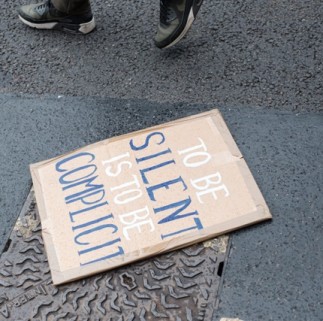
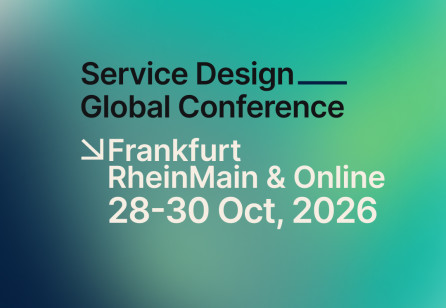
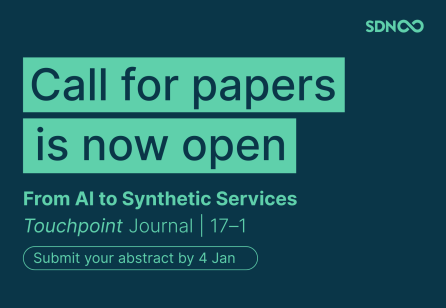
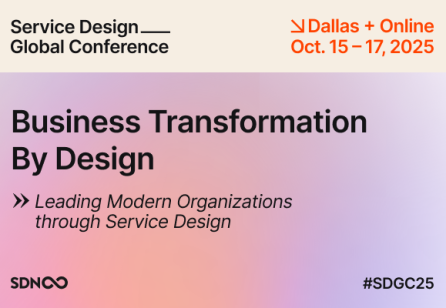
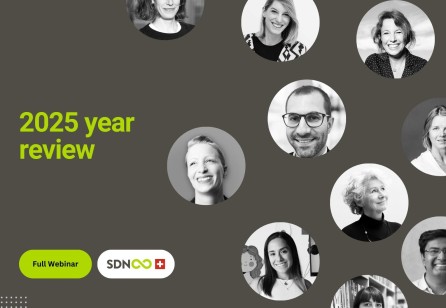

Share your thoughts
0 RepliesPlease login to comment